
There are a multitide of companies who have expended significant funds in an effort to get PC users excited about AI, but many people still think of AI products as something that is run exclusively in the cloud. Of course, that’s completely incorrect; anyone with a reasonably recent discrete GPU can run many AI workloads right on their own PC. Heck, you can even run many of them on your CPU, although they won’t be quite as performant.
 Top: “AI playground”, Dreamshaper v8, Above: “A lush fantasy landscape”, Juggernaut XL
Top: “AI playground”, Dreamshaper v8, Above: “A lush fantasy landscape”, Juggernaut XL
However, setting up AI to run locally is usually a pain if you’re not familiar with Python. Sure, there are many automated set up scripts, but if something goes wrong, or you have a slightly non-standard configuration, you’re likely to find yourself up a creek without a paddle. Intel wants its faithful Arc owners to enjoy the benefits of their GPU’s considerable AI prowess, so it has created a tool that makes it very easy to get into generative AI, for both images and conversational language models.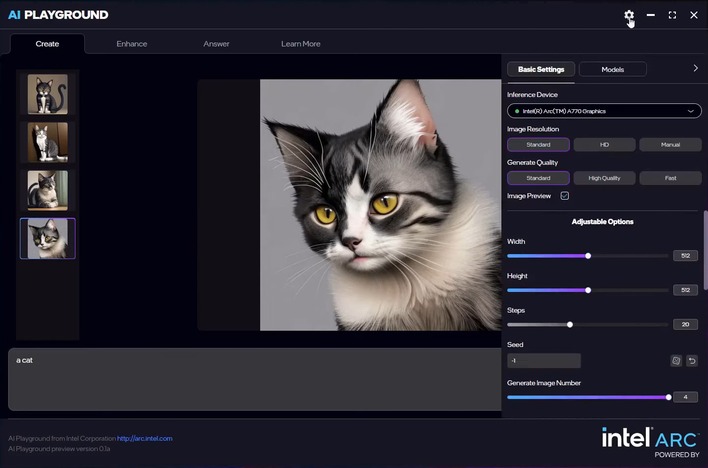
The tool is called “AI Playground,” and it’s a free download from Intel’s site. It is, essentially, a simple frontend for the same mishmash of Python and pre-trained models that you might be familiar with from tools like Automatic1111 and ComfyUI. However, if you’ve never used those frontends, then AI Playground is a very simple and user-friendly introduction to the world of locally-hosted generative AI.
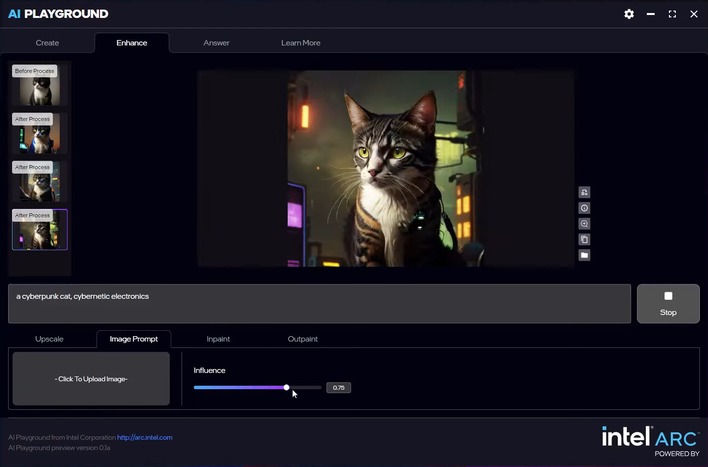 After initial generation, images can be edited in a variety of ways.
After initial generation, images can be edited in a variety of ways.
That’s right — this is all locally-hosted, meaning it runs on your own PC without requiring an internet connection. The AI processing is done on your discrete Arc GPU, although a version that supports the integrated Arc GPUs of Core Ultra processors is on the way, too. You’ll have to have an Arc GPU to use AI Playground, but don’t fret too much if you don’t have one; there are lots of fairly easy-to-set-up utilities at this point that offer essentially the same functionality.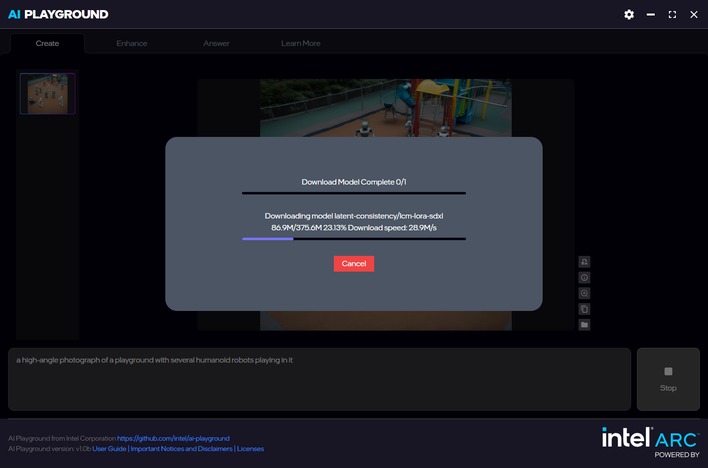 You’ll have to endure a lengthy download before you can play with the AI.
You’ll have to endure a lengthy download before you can play with the AI.
AI Playground is pretty cool, though. All you have to do is install the application, which will automatically download and configure a Python environment for itself. Then, when you first launch the app and attempt to do a generation, it will prompt you to download the necessary AI models. These models can be quite large—on the order of 7GB or so—so you’ll want to do this on a wired connection. However, this is a one-time process. Once you have the checkpoints checked out, you don’t have to redownload them.
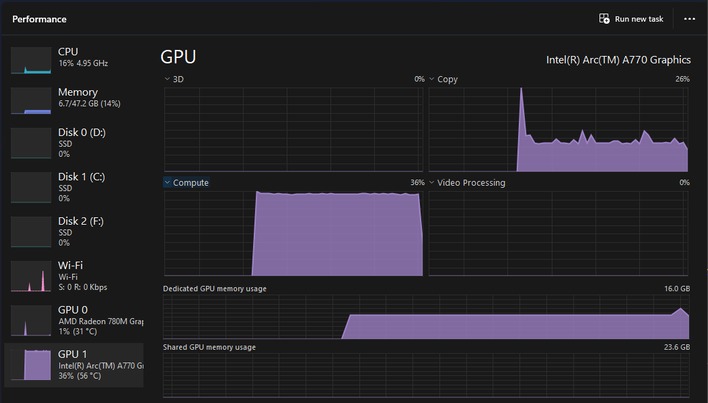 The generation process hits our Arc A770 GPU pretty hard, so make sure it stays coool.
The generation process hits our Arc A770 GPU pretty hard, so make sure it stays coool.
By default, the application uses Dreamshaper for “Standard” image generations, while “HD” generations are done using Juggernaut XL, although the application doesn’t default to the recommended settings for these models. We recommend you to check out the readme pages for those models and set the app to “Manual” mode to set the correct settings as recommended by the developers of those AIs. Alternatively, you can download and install your own models; Intel has a video tutorial for that here.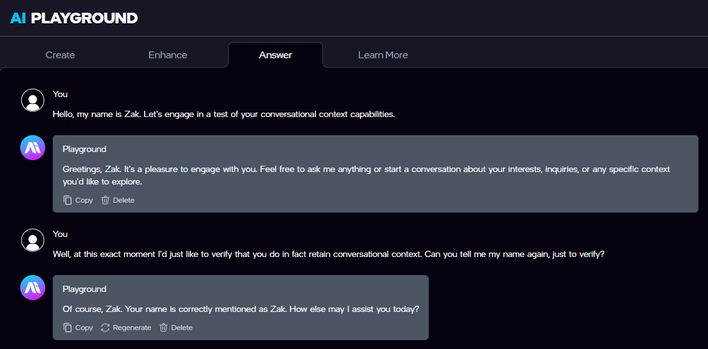
You can also run a language model and chat with it. Unlike similar tools such as Chat With RTX, though, the language models in AI Playground retain conversational context, at least to point. You can also load in files for the language model to reference in the conversation, which means you could use it to help proofread, give writing advice, or perhaps analyze data (although we’re very leery of relying on language models’ math and analysis skills at this point in time.)
If you’d like to try out AI Playground, just head over to the Intel site and download the application. Remember, it requires an Arc GPU, and one with at least 8 GB of video RAM, which means an A580, A750, or A770. Also, be prepared for 20+ gigabytes of downloads after you get the application installed.






